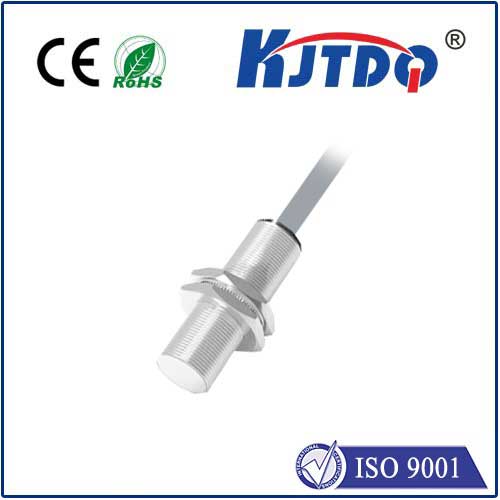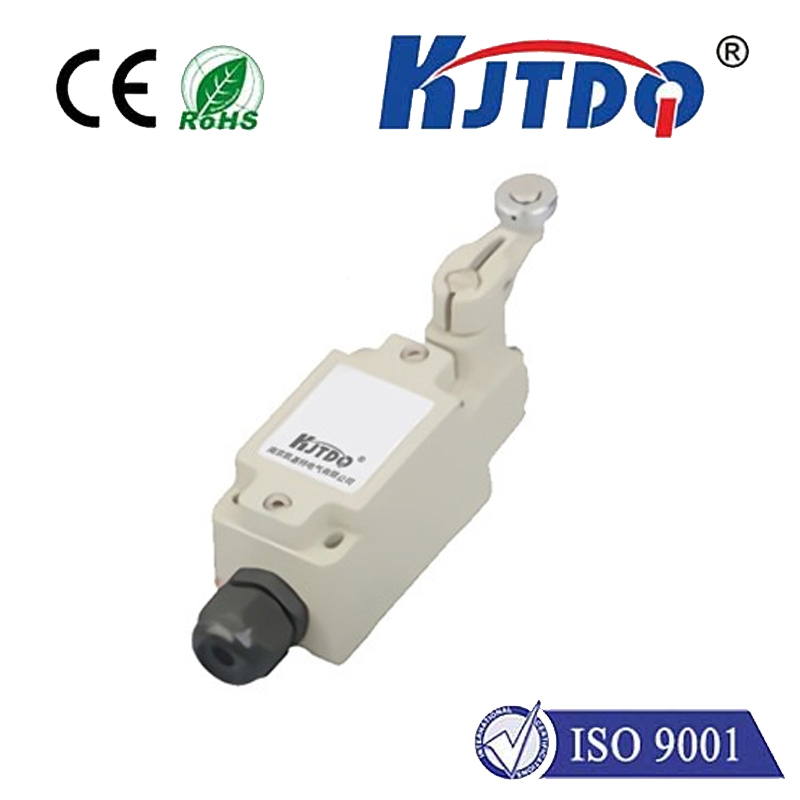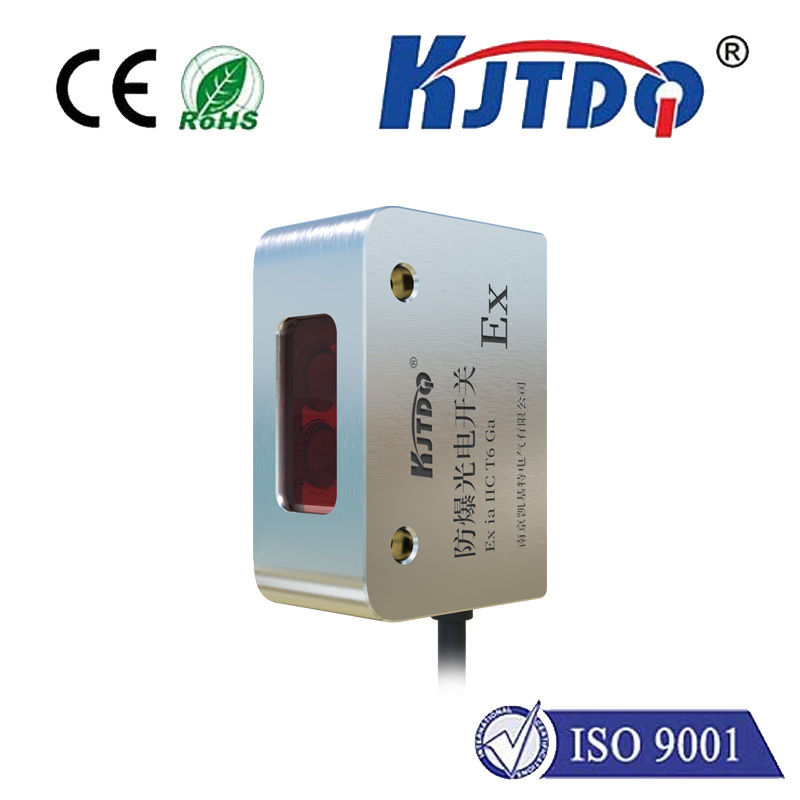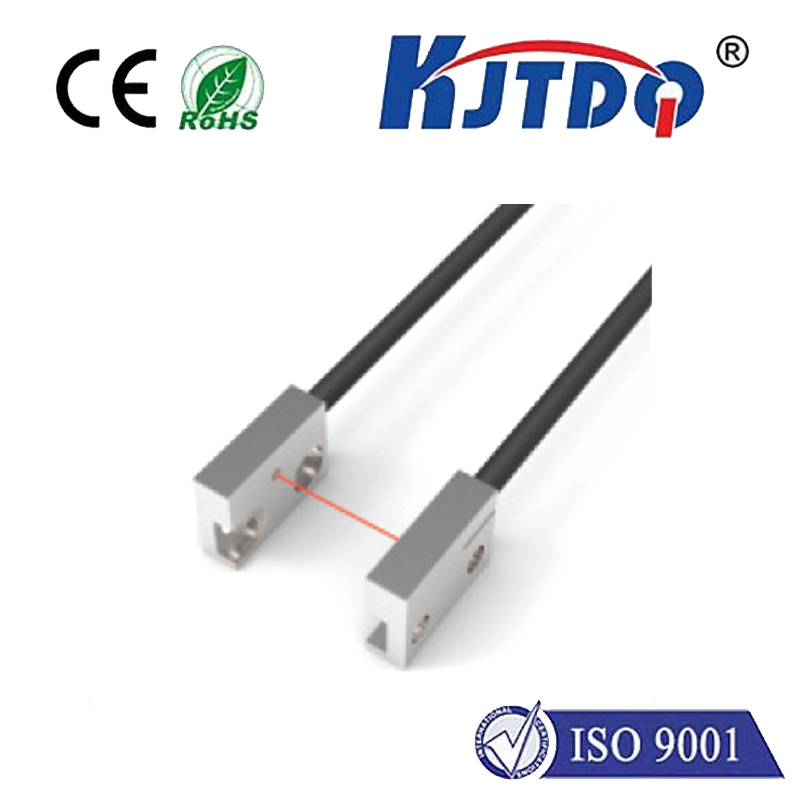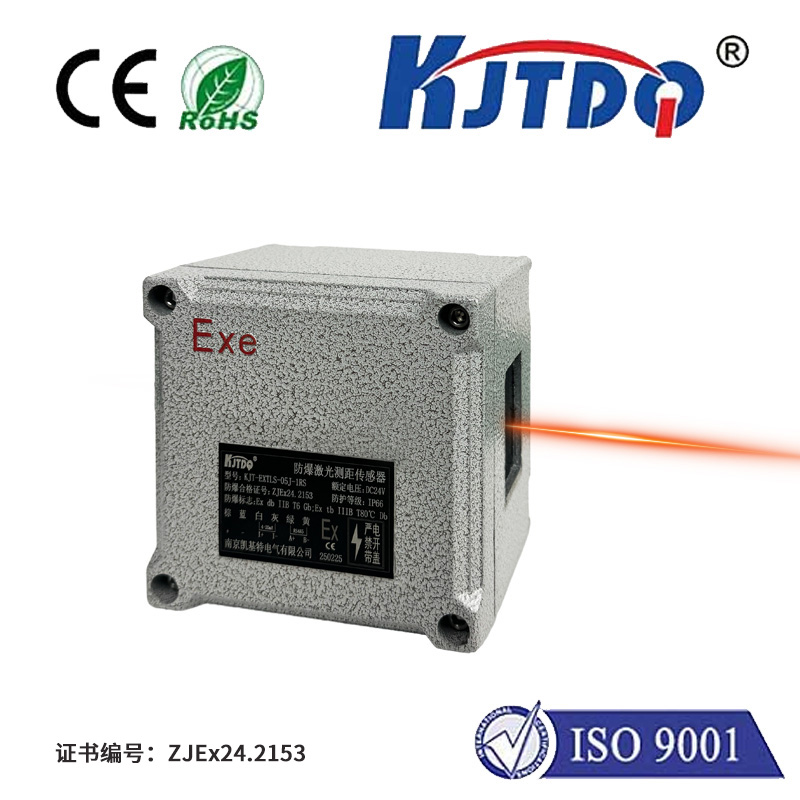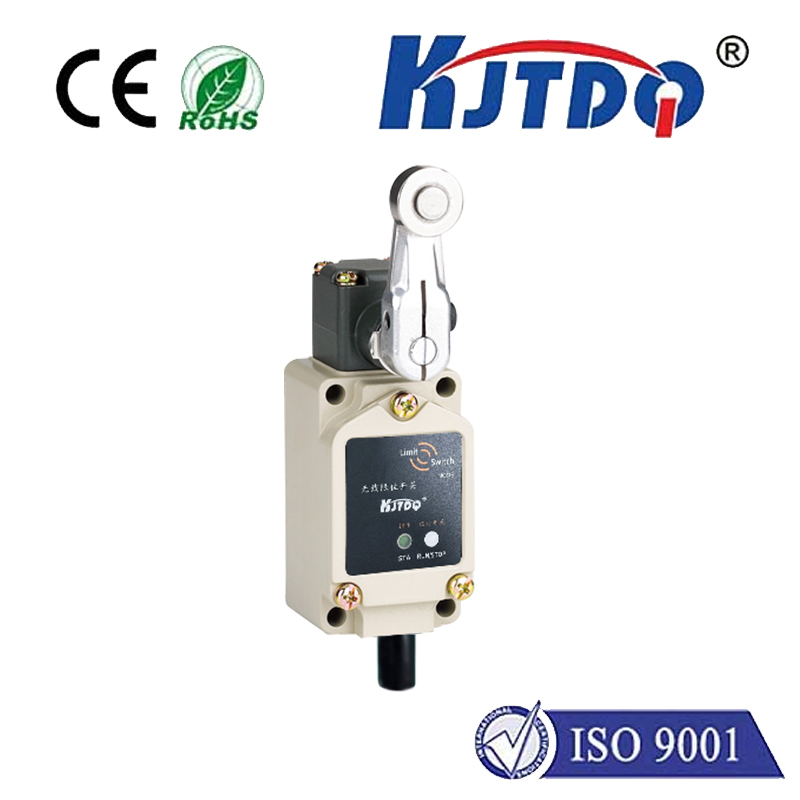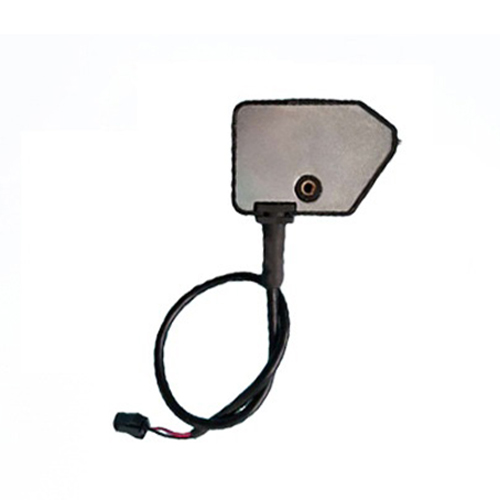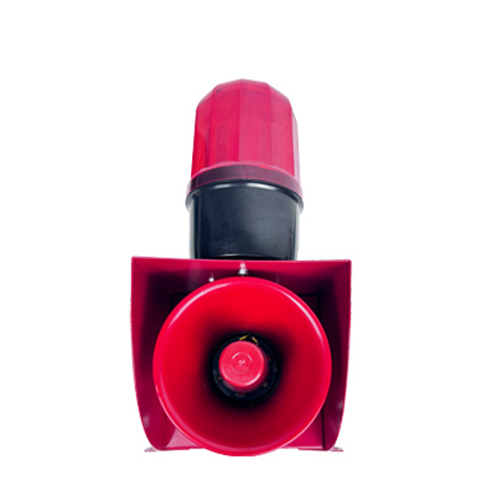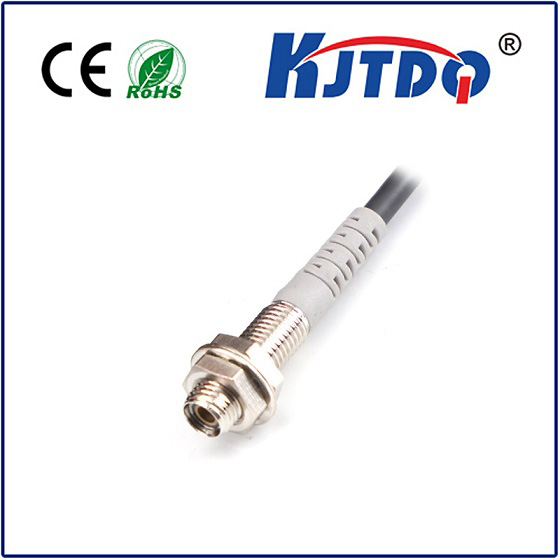

check

check

check

check
Imagine giving your robot the ability to sense nearby objects, much like a bat uses echolocation, but instead of sound, it uses invisible light. That’s the magic packed into compact components like the Pololu 38 kHz IR proximity sensor. This specific sensor isn’t just another module; it’s a finely tuned tool designed for reliable object detection in robotics, automation, and DIY projects where simplicity and effectiveness are key.
Seeing the Unseen: The Science of Infrared Proximity Sensing
At its heart, this sensor leverages the principles of infrared light reflection. It contains an infrared LED that emits light at a wavelength invisible to the human eye (typically around 940 nm). Sitting alongside this emitter is a specialized infrared receiver, tuned to detect the same IR wavelength. The core concept is beautifully simple: the IR LED beams light outwards. When an object enters the sensor’s detection range, some of this light bounces back. The nearby IR receiver picks up this reflected signal. The strength of this reflected signal correlates directly with the object’s proximity – closer objects generally reflect more light back to the sensor.
Why 38 kHz? Cutting Through the Noise
Infrared light is everywhere! Sunlight, incandescent bulbs, remote controls – they all emit IR radiation that could easily overwhelm a simple light detector. This is where the 38 kHz modulation becomes the sensor’s superpower. Instead of emitting a constant beam of IR light, the Pololu sensor rapidly pulses its LED at a very specific frequency: 38,000 times per second (38 kHz).
The sensor’s receiver is equally clever. It’s equipped with a built-in 38 kHz demodulator circuit. This circuit acts like a highly selective filter; it essentially ignores all incoming IR light except bursts pulsing exactly at 38 kHz. This modulation and demodulation technique acts as a sophisticated handshake. Ambient IR noise, which is usually steady or varies randomly, gets filtered out, leaving only the signal the sensor itself generated and reflected off a nearby object. The result? Significantly improved noise immunity and reliable proximity detection even in challenging environments.
Beyond Detection: The Analog Voltage Output
While many IR sensors function as simple digital switches (object detected or not), the Pololu 38kHz variant offers richer information. It provides an analog voltage output. This voltage changes based on the amount of reflected 38 kHz IR light received. Typically:
This analog output (AO pin) is incredibly valuable. Instead of just a binary “yes/no,” you get a distance estimation. By reading this voltage using an analog-to-digital converter (ADC) on your microcontroller (like an Arduino’s analog input pin), you can correlate the reading to approximate distance. Crucially, this correlation requires careful calibration for your specific application and environment, as reflectivity (a black matte object vs. a white glossy one) dramatically affects the results. The sensor also provides a digital output (DO pin) set by an onboard comparator and potentiometer, useful for basic threshold detection.
Key Advantages Driving Its Popularity
Practical Applications: Where Does This Sensor Shine?
The Pololu 38 kHz IR proximity sensor finds a home in numerous applications:
Important Considerations for Optimal Use
Integrating with Your Project (e.g., Arduino)
Hooking the sensor to an Arduino is remarkably simple:
Read the analog pin value using analogRead(A0). This returns a value between 0 (0V) and 1023 (~5V). Mapping this value to an actual distance requires calibration: measure the analogRead value at known distances to your specific target object and create a lookup table or formula.
The Pololu 38 kHz IR proximity sensor exemplifies how a well-implemented, simple concept can be incredibly powerful. By mastering the modulation technique to overcome ambient noise and providing a valuable analog output, it offers a robust and accessible solution for adding vital object detection capabilities. Whether you’re building your first obstacle-avoiding rover or adding sensing to a complex project, understanding its operation—centered on that crucial 38 kHz signal—empowers you to integrate it effectively and unlock a world of interactive possibilities.
